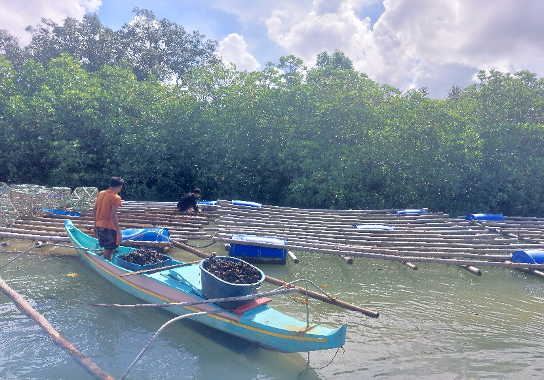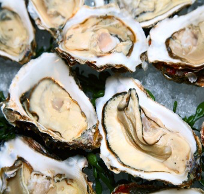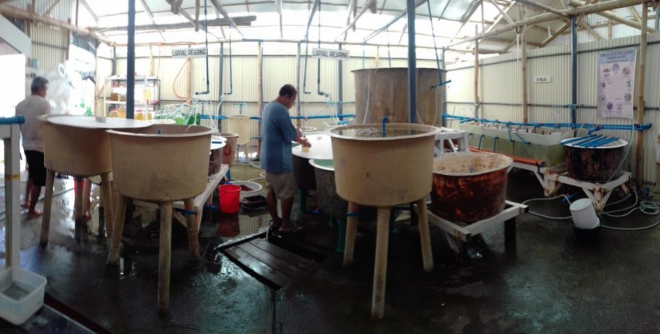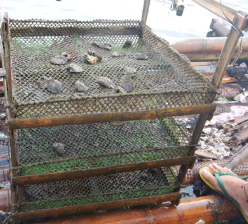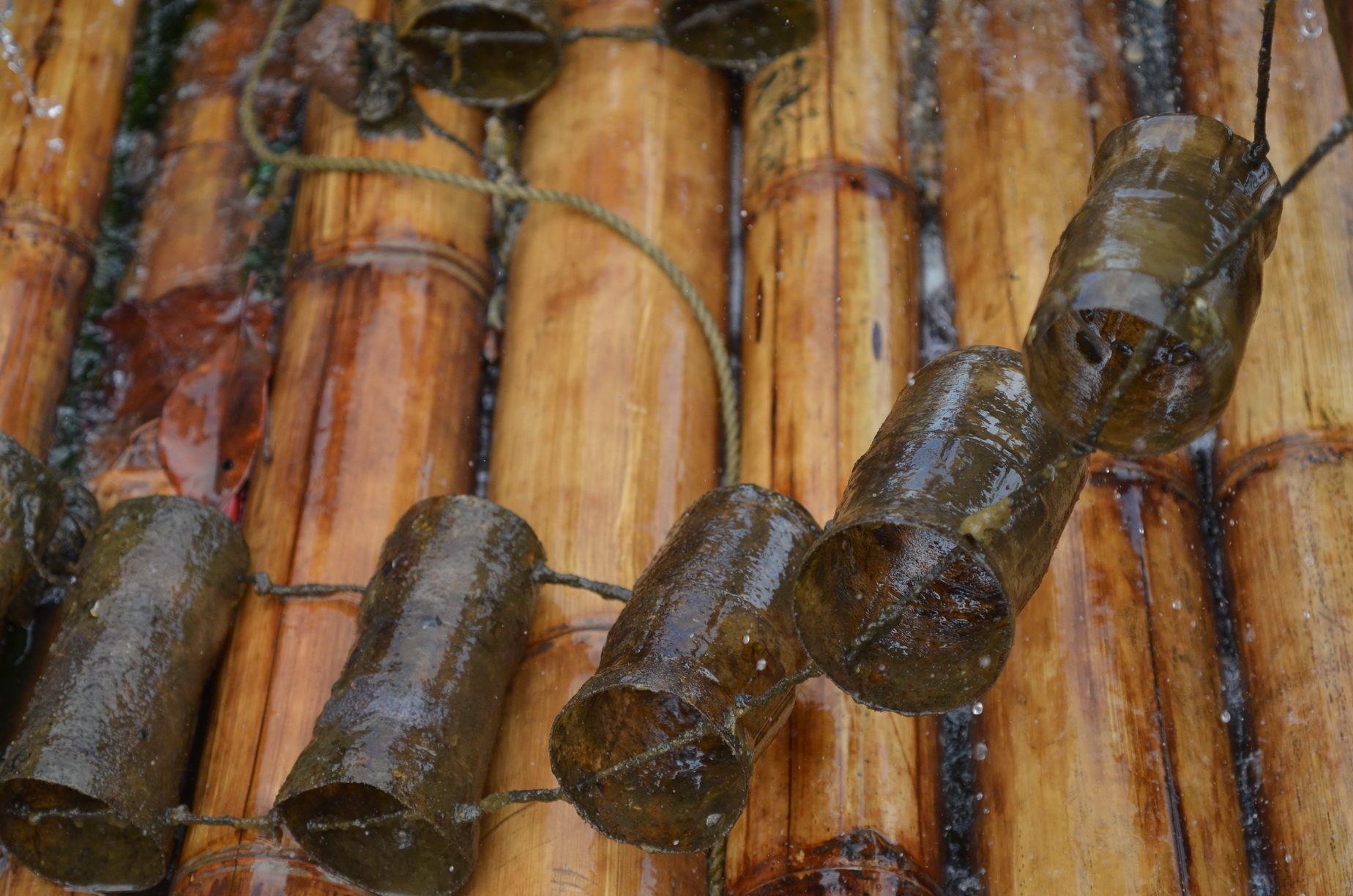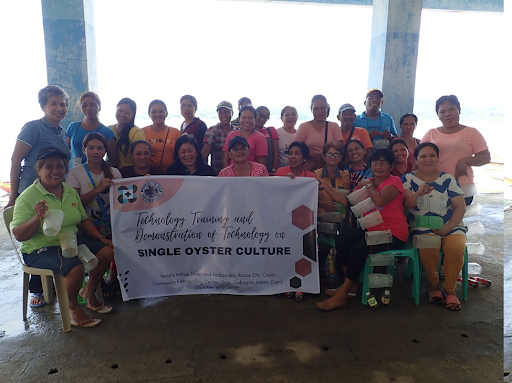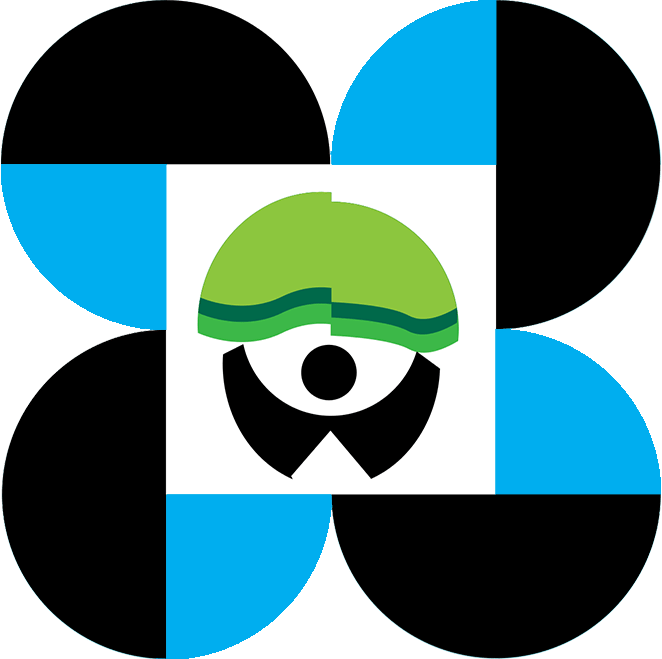| Republic Act |
Republic Act No. 10860 |
2016 |
16th |
An Act Establishing A Multi-Species Hatchery In The Municipality Of Sultan Naga Dimaporo, Province Of Lanao Del Norte And Appropriating Funds Therefor |
Section 1. There shall be established, under the supervision of the Bureau of Fisheries and Aquatic Resources of the Department of Agriculture (BFAR-DA), a multi-species marine hatchery in the Municipality of Sultan Naga Dimaporo, Province of Lanao del Norte.
Section 2. Within two (2) years after the construction of the multi-species marine hatchery, the BFAR shall, through a memorandum of agreement, transfer its management to the Provincial Government of Lanao del Norte. It shall implement a training and phasing-in program for local government personnel on the management and operation of the multi-species marine hatchery.
Section 3. The Secretary of Agriculture shall include in the Department's programs the establishment of the multi-species marine hatchery in the Municipality of Sultan Naga Dimaporo, Province of Lanao del Norte, the funding of which shall be included in the annual General Appropriations Act. The provincial government shall set aside from any available local revenue an amount deemed appropriate for its management and operation. |
The Act aims to establish a multi-species marine hatchery in the municipality of Sultan Naga Dimaporo in the province of Lanao del Norte. |
https://docs.congress.hrep.online/legisdocs/ra_16/RA10860.pdf |
Oyster |
Null |
Jeff |
11/22/2024 |
|
C:\Users\trist\Documents\Formatting\Output\Oyster_2024-11-22_processed.xlsx |
| Bill |
House Bill No. 5789 |
2015 |
16th |
An Act Establishing A Multi-Species Hatchery Under The Bureau Of Fisheries And Aquatic Resources For The Breeding And Production Of Bangus, Mudcrabs, Mussels, Oysters, Prawns And Similar Species In The Municipality Of Sultan Naga Dimaporo, Lanao Del Norte, To Be Knows As The Lanao Del Norte Multi-Species Hatchery And Marine Science Center And Appropriating Funds Therefor |
The project is expected to provide continuous supply of fry and fingerlings for dispersal in the communal bodies of water in the three provinces. This would make possible year-round fishing and provide the people with sufficient supply of fish catch at any given time. The establishment of the proposed hatchery and marine center will certainly be a boost to marginalized fisherfolks in the three provinces and conduct continuing studies in marine sciences. |
This bill seeks to establish a multi-species hatchery in the Municipality of Sultan Naga Dimaporo, Province of Lanao del Norte to be known as the Lanao del Norte Multi-Species Hatchery and Marine Science Center marine science center. Its main objective is to breed and mass-produce fry and fingerlings for bangus, mudcrabs, mussels, oysters, prawns and marine species for dispersal in Panguil Bay, Iligan and Ilana Bay. The Center shall be under the supervision of the Bureau of Fisheries and Aquatic Resources of the Department of Agriculture. |
https://docs.congress.hrep.online/legisdocs/basic_16/HB05789.pdf |
Oyster |
Null |
Jeff |
11/22/2024 |
|
C:\Users\trist\Documents\Formatting\Output\Oyster_2024-11-22_processed.xlsx |
| Bill |
House Bill No. 5197 |
2014 |
16th |
An Act Establishing Research Stations For Fish Breeding And Hatcheries For Grouper, Prawn, Lobster, Crab, Oysters And Other High-Value Marine Species In The Municipality Of Sultan Naga Dimaporo In THe Province Of Lanao Del Norte And Appropriating Funds Therefor |
The Province of Lanao del Norte is blessed with rich fishing grounds in Panguil Bay and in the coastal areas of the Municipality of Sultan Naga Dimaporo facing Pagadian Bay. Fishing in these areas has been an integral part of the local economy and will continue to be so in the next generations. The waters in these areas are generally free from pollution and provide an ideal place for research and breeding activities.
The approval of this measure will certainly improve the productivity of the aquaculture sector and increase its contributions to national development. Technologies developed in the envisioned research station will be replicated in appropriate areas nationwide with the end view of propagating best practices among industry players. |
This bill seeks to establish a research station for fish breeding and hatcheries in the Municipality of Sultan Naga Dimaporo to propagate and develop scientific methods for the breeding of high-value marine species such as grouper, prawn, lobster, crab, oyster, and similar marine species of high commercial value. |
https://docs.congress.hrep.online/legisdocs/basic_16/HB05197.pdf |
Oyster |
Null |
Jeff |
11/22/2024 |
|
C:\Users\trist\Documents\Formatting\Output\Oyster_2024-11-22_processed.xlsx |
| Republic Act |
Republic Act No. 9459 |
2007 |
13th |
An Act To Establish An Oyster, Mussel, Crab, Prawn And Shrimp Farm In The Municipality Of Calabanga, Province Of Camarines Sur, Appropriating Funds Therefor And For Other Purposes |
SEC 3. The Department of Agriculture, through the oyster, mussel, crab, prawn and shrimp farm, is hereby authorized to conduct such researches and experiments as may be necessary to improve existing technology on oyster, mussel, crab, prawn and shrimp and such other marine and aquatic animals farming and to enhance and maximize income potentials of said industry.
The Department shall assist the local government to establish, in appropriate locations, their own oyster, mussel, crab, prawn and shrimp farms as pilot demonstration farms or as economic enterprises for local revenue generating purposes.
SEC 4. The Secretary of Agriculture shall include in the Department’s program the funding requirements for the establishment and operationalization of the oyster, mussel, crab, prawn and shrimp farm in the Municipality of Calabanga, Province of Camarines Sur. Thereafter, such sum as may be necessary for its continued operation and maintenance shall be included in the annual General Appropriations Act. |
This aims to establish an oyster, mussel, crab, prawn and shrimp farm in the Municipality of Calabanga, Province of Camarines Sur, which shall be udner the supervision and control of the Bureau of Fisheries and Aquatic Resources of the Department of Agriculture. |
https://www.officialgazette.gov.ph/2007/05/15/republic-act-no-9459/ |
Oyster |
Null |
Jeff |
11/22/2024 |
|
C:\Users\trist\Documents\Formatting\Output\Oyster_2024-11-22_processed.xlsx |
| Proclamation |
Proclamation No. 541, s. 1969 |
1969 |
Null |
Reserving For Demonstration Fish Farm, Bangus Fry Nursery, Shrimp Culture Laboratory And Oyster Farm Purposes Certain Parcels Of Land Of The Public Domain Situated In The Municipality Of Virac, province Of Catanduanes |
The land herein reserved shall be subject to the provisions of Republic Act No. 2056 and Executive Order No. 113, series of 1955 and to the conditions that a 40-meter wide strip of land along the bank of the Sto. Domingo River shall be demarcated and preserved as permanent timberland for bank protection purposes pursuant to the provisions of Republic Act 1273 and as adequate waterway during flood stages and working space for the maintenance and improvement of the river channel for flood control and drainage purposes. |
This aims to reserve for demonstration fish farm, bangus fry nursery, shrimp culture laboratory and oyster farm purposes, subject to private rights, if any there be certain parcels of land of the public domain in the municipality of Virac, province of Catanduanes. |
https://www.officialgazette.gov.ph/1969/03/25/proclamation-no-541-s-1969/ |
Oyster |
Null |
Jeff |
11/22/2024 |
|
C:\Users\trist\Documents\Formatting\Output\Oyster_2024-11-22_processed.xlsx |


